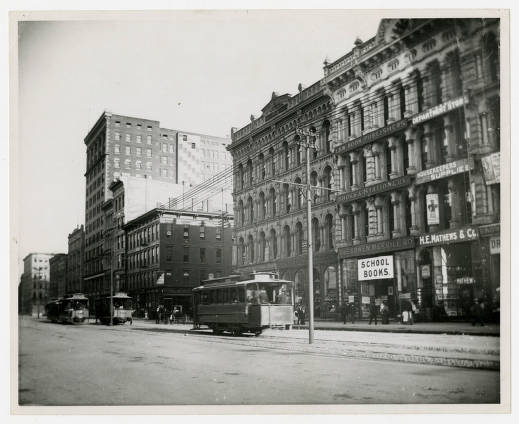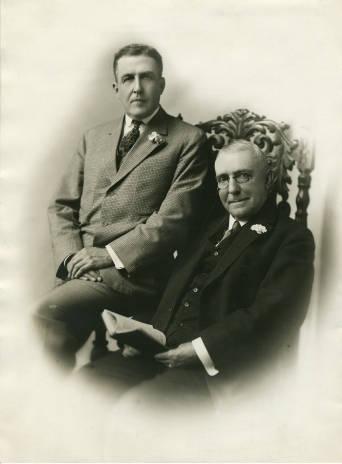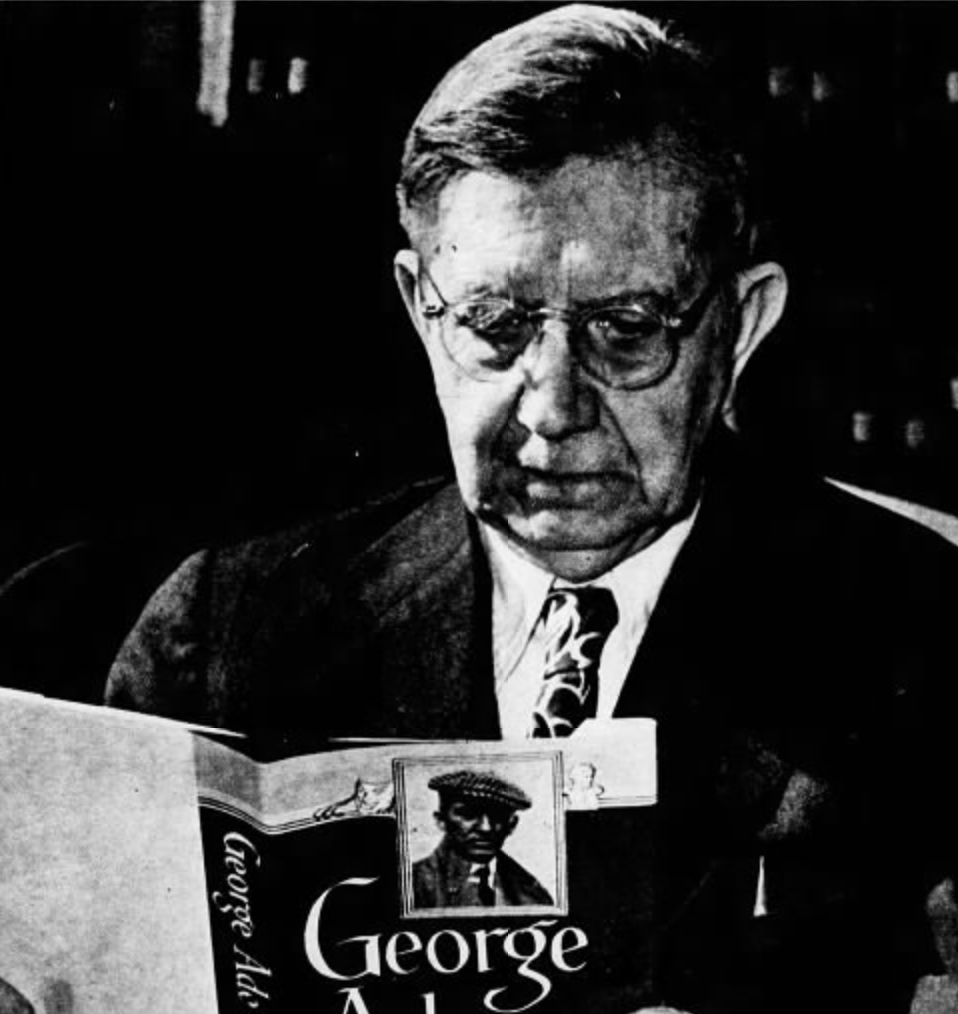The firm’s roots can be traced to a bookstore opened by in 1850. There has been some dispute over that date— gives two different years on the same page—but a preponderance of evidence favors the midcentury date.

Merrill’s first publications were reprints of law reports in the early 1850s. He left the company to his son, Samuel Merrill Jr., in 1855, and the younger Merrill, along with his brother-in-law Charles W. Moores, ran the business until the . In the absence of both men during the latter part of the war, Merrill’s sisters, and Julia Merrill Moore’s, wife of Charles, handled the firm’s affairs. Catharine Merrill’s , published anonymously in 1866 and 1869, was apparently the first general title published by the firm.
The business suffered after the Civil War. Merrill’s partners changed several times until 1885 when there was a major reorganization. The firm merged with competitor , forming the Bowen-Merrill Co. Thus revitalized, the company combined book publishing, a bookstore, and a wholesale business.

By 1909 the company which had become the Bobbs-Merrill Co. in 1903, was wholly a publisher of law and general books. The wholesale business had been sold in 1896, and in 1909 William K. Stewart purchased the bookstore.
Indiana authors, among them two of the state’s great literary figures, and George Ade, made Bobbs-Merrill a truly national publisher.
However, it was first book of poems, The Old Swimmin’-Hole and ‘ Leven More Poems, reprinted by Merrill, Meigs and Co. in 1883, that provided the initial impetus for the firm’s recognition on the national scene.
Riley’s domination of the firm’s trade book sales ended with the publication of Shelbyville lawyer Charles Major’s novel (1898), believed to be the first bestseller backed by a national advertising campaign. This success was followed in 1900 by , by Maurice Thompson of Crawfordsville, and by another Hoosier, Charles Frederick Goss. These three books were among the nation’s top ten sellers in 1900.
Meanwhile, in 1898, the firm acquired an extensive law list from Houghton Mifflin Co., and later added volumes from an Ohio publisher. Robert L. Moorhead, who was with the firm for 57 years, became manager of the law department in 1904. After a brief and unprofitable experience with magazine publishing from 1904 to 1908, the firm entered educational publishing. A series of readers called “Child Classics” was published in 1909, and in 1911 the education department was formally established.
By the turn of the century leadership of the firm had passed from the Merrills to William C. Bobbs. He served as president until 1926, with Hewitt H. Howland as trade editor and literary advisor. John Jay Curtis became an eastern editorial representative in 1900 and opened a trade department office in New York. Moving to Hollywood in 1919, he opened a West Coast office for the firm, selling motion picture rights to moviemakers. During the 1920s it is believed that Bobbs-Merrill sold more stories to the movies than all other publishers combined. Though Curtis continued to live on the West Coast, he became president of the firm in 1926.

, a major stockholder and editor since 1925, gained full control of the company when he became president in 1935. The development of the “Childhood of Famous Americans” series, initiated in 1932, made a significant part of the trade department’s lists. By the 1940s Bobbs-Merrill was recognized as the largest general publisher west of the Alleghenies. Chambers served as president until 1953, though he was active in the firm until it was sold to of Indianapolis in 1958. By this time Bobbs-Merrill had published more than 100 Indiana authors.
Following the sale to Sams, Bobbs-Merrill ceased to be a closely held independent company. The educational publishing department grew with the acquisition of lists from other publishers, and the firm added a college textbook division in 1961. Publication continued under the Bobbs-Merrill imprint, even after International Telephone and Telegraph acquired Sams in 1966. The long history of the firm’s imprint ended with the sales of the backlists to the Macmillan Company in 1985.

Help improve this entry
Contribute information, offer corrections, suggest images.
You can also recommend new entries related to this topic.

